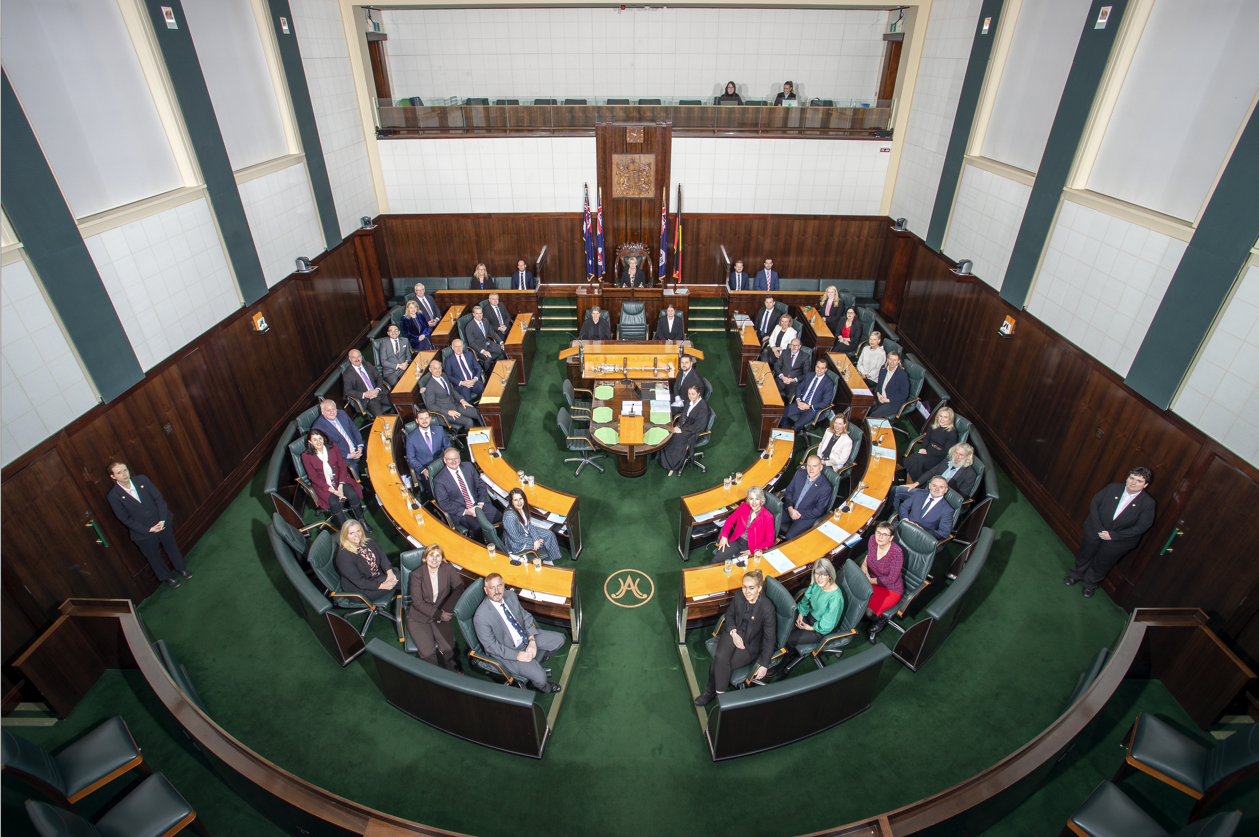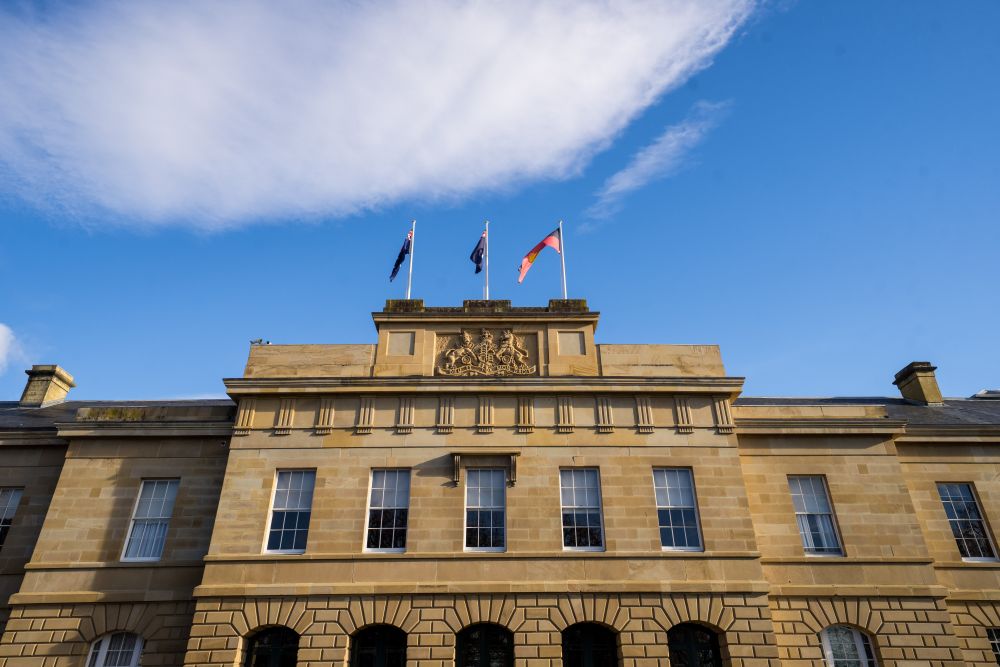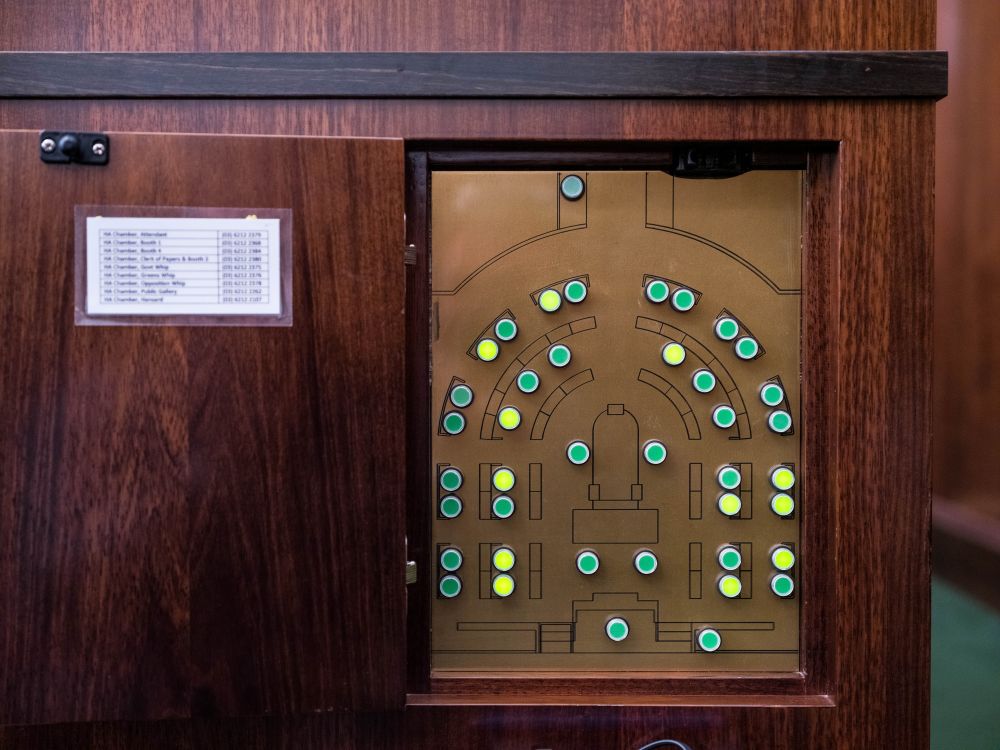Speaker
The most important role in the House of Assembly is the Speaker, who is responsible for running the meetings – or sittings – of the House. The Speaker is one of the two Presiding Officers of the Parliament alongside the President of the Legislative Council, and is the representative of the House in dealings with the Governor and with the Legislative Council.
A Member of the House of Assembly is elected to the position of Speaker by their fellow Members as one of the first items of business upon Parliament resuming after a general election. It is the Speaker’s responsibility to preside over the proceedings of the House and ensure the Standing Orders, which are the rules which the House has agreed to for conducting its business, are followed. The Speaker must carry out their duties with strict impartiality so that all Members can look to the Speaker for guidance in matters of procedure.

The current Speaker of the House is the Honourable Jacquie Petrusma MP. She was elected to the role on 19 August 2025.
The role of Speaker has a long history, going back to the British House of Commons. The Speaker acted as intermediatory between the Commons and the monarch, a sometimes difficult position when the two were at odds and seeking to assert their own rights and power. This history is remembered in the Tasmanian parliament, as in other Westminster parliaments, following the election of each Speaker, with the elected member being mock dragged to the Speaker’s Chair by their fellows in a show of reluctance.
Members of the House of Assembly
There are 35 Members of the House of Assembly, with seven Members elected from each of the five electorates which cover Tasmania. Each Member is elected to serve and represent the people of their electorate, often termed constituents. Members do this by bringing issues or questions raised by their communities to Parliament, and debating proposed legislation that will affect their constituents’ lives. Outside of Parliament, each Member has an electorate office from which they work with their constituents.
The Government of the day is formed by the party that has a majority of seats in the House of Assembly, or in the absence of a majority can demonstrate sufficient support that they can successfully pass key measures such as the Appropriation Bills – commonly known as the Budget – which allow the government to spend money.
The leader of the party that has formed government, the Premier, then selects certain Members to hold ministries through which they have a responsibility for legislation and Government agencies in that portfolio. These Members may come from the House or Council, though traditionally the majority sit in the House. Opposition parties also nominate their own Shadow Ministers or Spokespeople to scrutinise the work of those Ministers and to represent Tasmanians in those areas.
A Member may also hold parliamentary roles such as Chair of Committees or Deputy Speaker which support the running of the House.
Members of the House of Assembly are generally referred to as MPs, while those from the Legislative Council are known as MLCs. Those who hold certain roles, such as Ministers, the Speaker and the Leader of the Opposition, are additionally given the title of ‘the Honourable’ during their term.
Getting Elected
Members are elected to the House through a form of proportional representation known as the Hare-Clark system, which has been used statewide since 1907. This system ensures the composition of the House is closely aligned with the votes of the Tasmanian people.
In this system, voters number at least seven candidates in order of preference on their ballot paper. In order to secure election, a candidate must receive a quota of votes (the total first preferences cast in the electorate divided by eight, plus one vote). Once these first preferences have been allocated, the second preferences of the candidates who reached a quota are transferred to other candidates at a reduced value. Once no further candidates can reach a quota through this method, the candidate who is lowest on the poll is excluded and the second preferences on their voting papers are transferred to the remaining candidates at full value. These procedures are repeated until seven candidates have been elected.
With seven seats available in each electorate, parties nominate multiple candidates and may win multiple seats. Voters can vote for their preferred candidates within and across parties, so potential members must compete with other candidates from the same party as well as with other parties and independents.
Another feature of the Tasmanian system is that ballots are printed under the ‘Robson Rotation’, the term for rotating and varying the order in which candidate names are listed across the ballot papers given to voters. The potential advantage of being listed first within each column is therefore instead shared equally among candidates.
General elections, where all House of Assembly seats are up for election, are required to be held within four years of the previous election. If a Member of the House resigns during their term, a recount is conducted of votes from the previous election.
Clerk of the House
The Clerk of the House is not a Member of Parliament, but rather the most senior officer of the House of Assembly. As an expert in parliamentary procedure, they advise the Speaker and other Members on procedural matters, as well as keep the records of business dealt with in the House. The Clerk is required to certify the passing of bills and ensure they are correct when delivering them to the Legislative Council. The Clerk also has custody of all papers presented to the House.
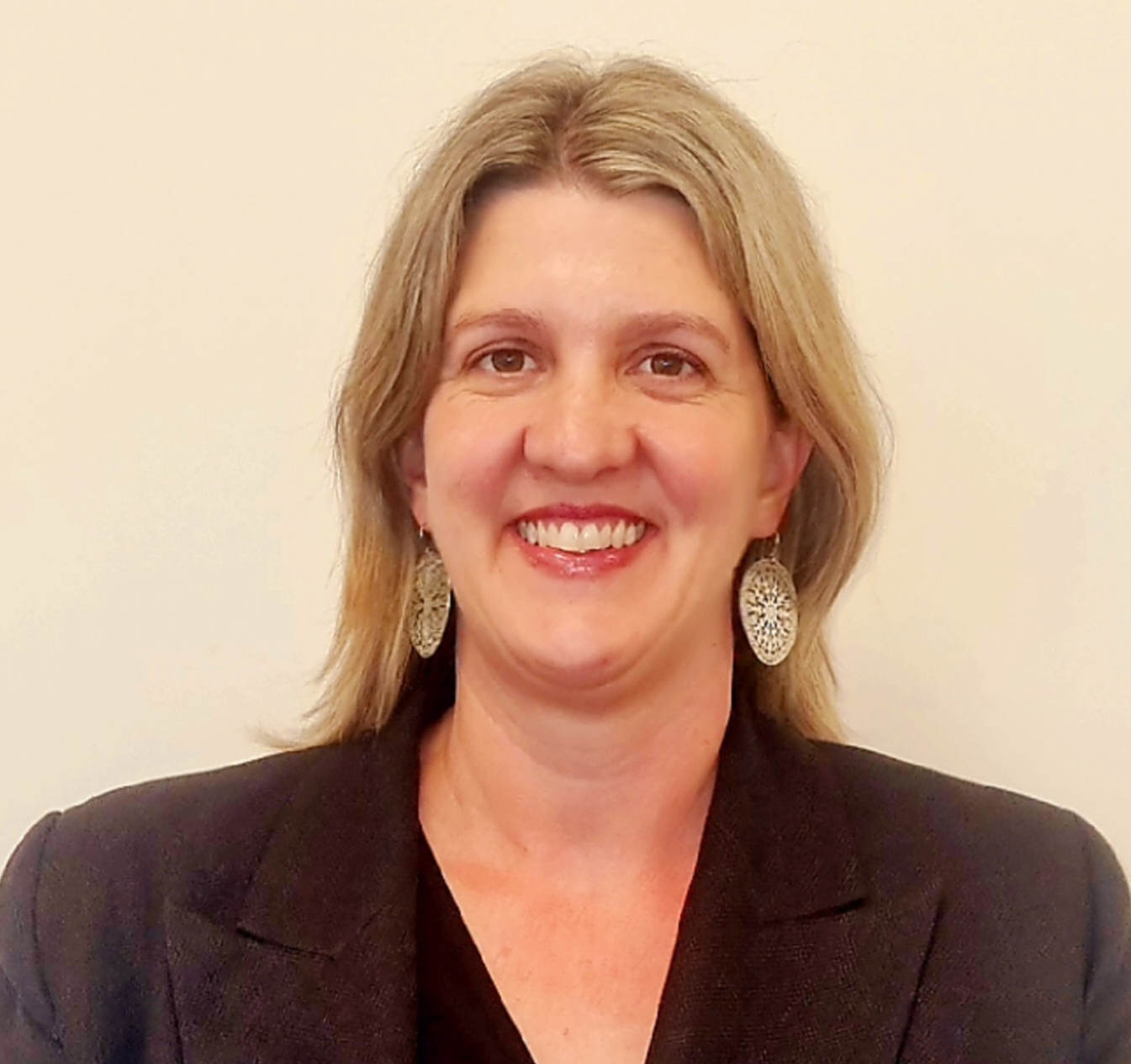
Clerk of the House, Laura Ross
